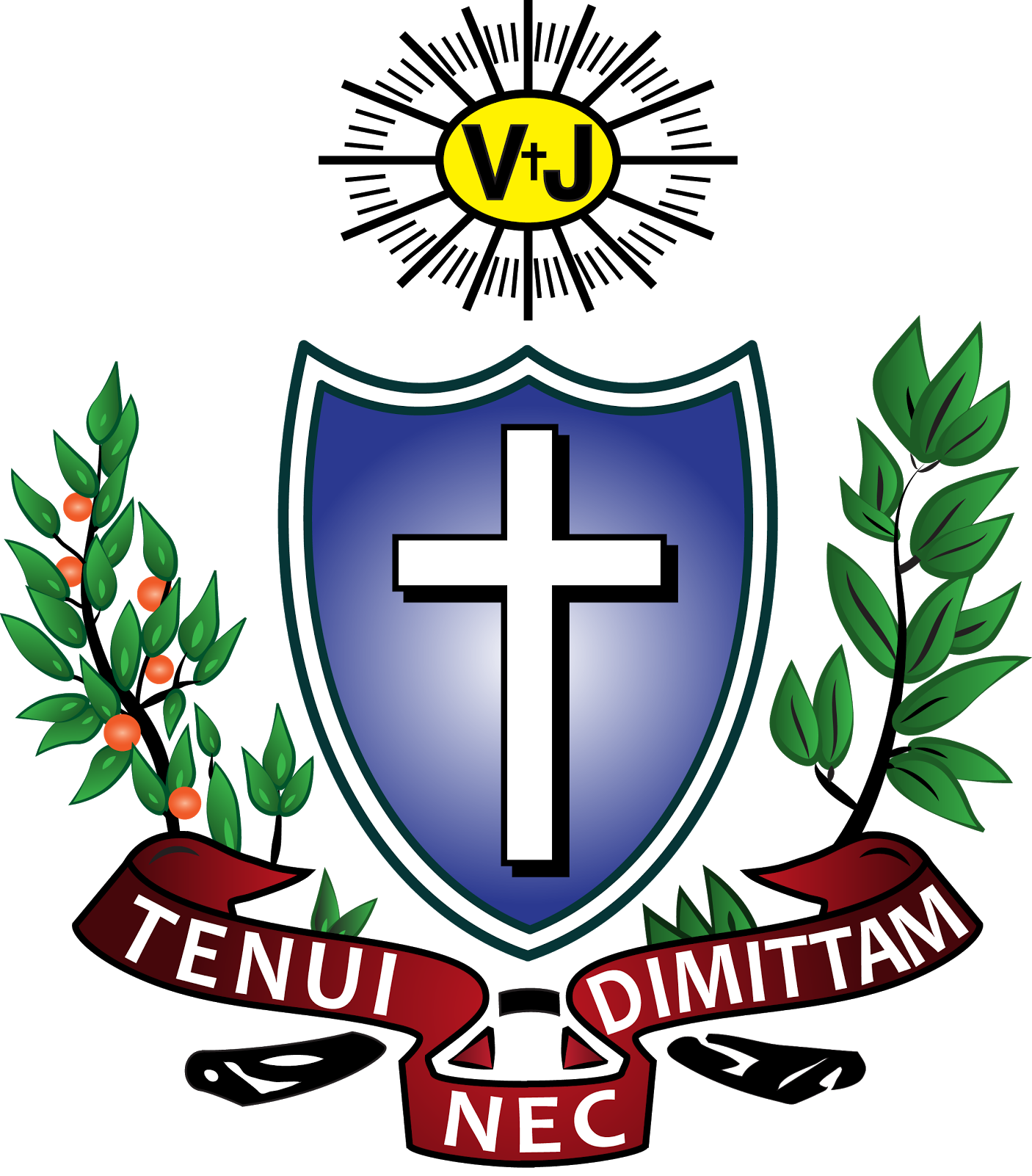Venerable Mother Mary de Sales Chappuis, VHM (1793-1875)
Consecrated Religious, Mystic, Apostle of the Salesian Spirit
The Spiritual Directory belonging to Mother Mary de Sales Chappuis, VHM.
Mary de Sales Chappuis played a primary role in the Oblate-Salesian tradition, for, without her, neither the Oblate Sisters nor the Oblate Fathers and Brothers of St. Francis de Sales would exist. She was instrumental in Blessed Louis Brisson (1817-1908) and St. Léonie Frances de Sales Aviat (1844-1914) co-founding the former (1871), and she was the inspiration for the latter, founded by Brisson (1875). Through her influence, Brisson and Aviat were imbued with Salesian spirituality and inspired to respond with apostolic action to the complex religious and social issues of their era. Regarded as the authentic interpreter of the Salesian spirit during her lifetime, she was often sought out for her counsel by many of the most prominent ecclesiastics of the day.
Born into a devout Catholic family and given the baptismal name Marie-Thérèse, Chappuis spent her early years in the shadow of the French Revolution, during which her native village of Soyhières in the Swiss Jura Mountains was annexed to France. When she was twelve years old, Marie-Thérèse was sent by her parents to the boarding school of the Visitation Monastery in Fribourg to complete her formal education. She eventually entered the monastery, receiving the name Mary Francis de Sales at her clothing with the religious habit.
During her novitiate year (1815-16), she received a series of “lights” or revelations from the Lord about “His designs for her work” as an apostle of the Salesian spirit. She was told that “God has looked into Himself and He has decided to open up new sources of graces” by completing “the work of sanctification that [St. Francis de Sales] began on earth,” which was to be accomplished by the founding of the Oblate Fathers and Brothers.
Her profound understanding of, and ability to communicate, Salesian spirituality was quickly recognized, and scarcely a year after her profession, she was sent to reestablish the Visitation Monastery in Metz. When she returned to Fribourg, she was appointed Novice Mistress, her youth notwithstanding. In 1826, she became superior of the Visitation of Troyes, which was in urgent need of effective leadership.
“Mother Chappuis’s first reforming efforts were directed to the Visitation community…”
Mother Chappuis’s first reforming efforts were directed to the Visitation community she led; however, her aspirations extended much more widely. Her closest collaborator in these endeavors would be Louis Brisson. A year after his ordination to the priesthood (1840), Brisson was assigned as confessor and professor at the Visitation Monastery’s boarding school in Troyes; in 1843, he also became the monastery’s ordinary confessor and chaplain, serving in this capacity for the next forty-one years.
Brisson was formed and nurtured in the Salesian spirit by Mother Chappuis, and together they dedicated themselves to revitalizing French Catholicism, which was deeply affected by what has been described as a “pathological obsession” with eternal damnation, hellfire, and the small number of the saved, which on the pastoral level was expressed by moral rigorism (e.g., in confession, absolution was often withheld or delayed) and scrupulosity. Chappuis and Brisson found in St. Francis de Sales, who from at least the time of his beatification (1661) had been acclaimed as the “Doctor of Divine Love,” the resources for responding to these challenges facing 19th-century French Catholicism.
One of the first undertakings by Chappuis and Brisson was becoming part of the European network of the Association of St. Francis de Sales, which they established in the diocese of Troyes in 1857. Conceived as a response to Blessed Pope Pius IX’s concern about the working class’s ignorance of the Catholic faith, the Association’s general purpose was to renew the Catholic faith and restore religious practice within Christian countries–what today is called the “new evangelization.” The Association’s inspiration, model, and patron was Francis de Sales, Apostle of the Chablais, a region of Savoy, where, against great odds and much opposition, he won thousands of Calvinists back to the Catholic fold by an irenic and truly pastoral approach.
Chappuis and Brisson’s collaboration in responding to the critical social issues of the day grew out of their involvement with the Association of St. Francis de Sales. For example, Brisson subsequently initiated an apostolate (in French, œuvres ouvrières) to provide spiritual and social support, as well as catechetical instruction, for young women factoryworkers in Troyes. Ultimately, this led to Brisson founding, with Léonie Aviat, the Oblate Sisters in 1871.
The tomb of Mother Mary de Sales Chappuis in Troyes.
With Brisson’s founding of the Oblate Fathers and Brothers in 1875, Chappuis’s lifework was completed. The foundation of the Oblates launched a new religious congregation, as well as a pastoral renewal of the priesthood by retrieving the spirituality and pastoral style of Francis de Sales, the Doctor of Divine Love, at a time when God’s love and mercy had been supplanted by a religion of fear and moral rigorism. Chappuis believed that through the Oblates’ imitation of the virtues and pastoral method of Francis de Sales, who was perceived by his contemporaries to be the living image of the Son of God, “the Savior will be seen walking again upon the earth.”
Often referred to as the “Good Mother” in the Visitandine and Oblate traditions, Chappuis died on October 7, 1875 and was buried in the cemetery within the cloister of the Troyes Visitation. On July 27, 1897, she was declared “Venerable,” and her cause for beatification was introduced at Rome. On May 17, 1901, her tomb was opened in the presence of a delegate from the Vatican Congregation of Rites, as well as Brisson, a number of bishops, and other ecclesiastical dignitaries her body was found to be incorrupt. It was subsequently reinterred in a vault in the Oratory of Jesus the Redeemer inside the Troyes monastery.
Suggestions for Further Reading










